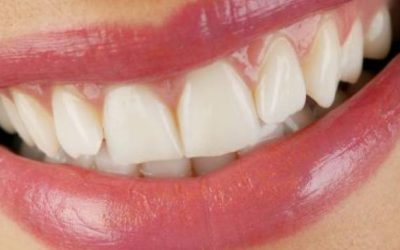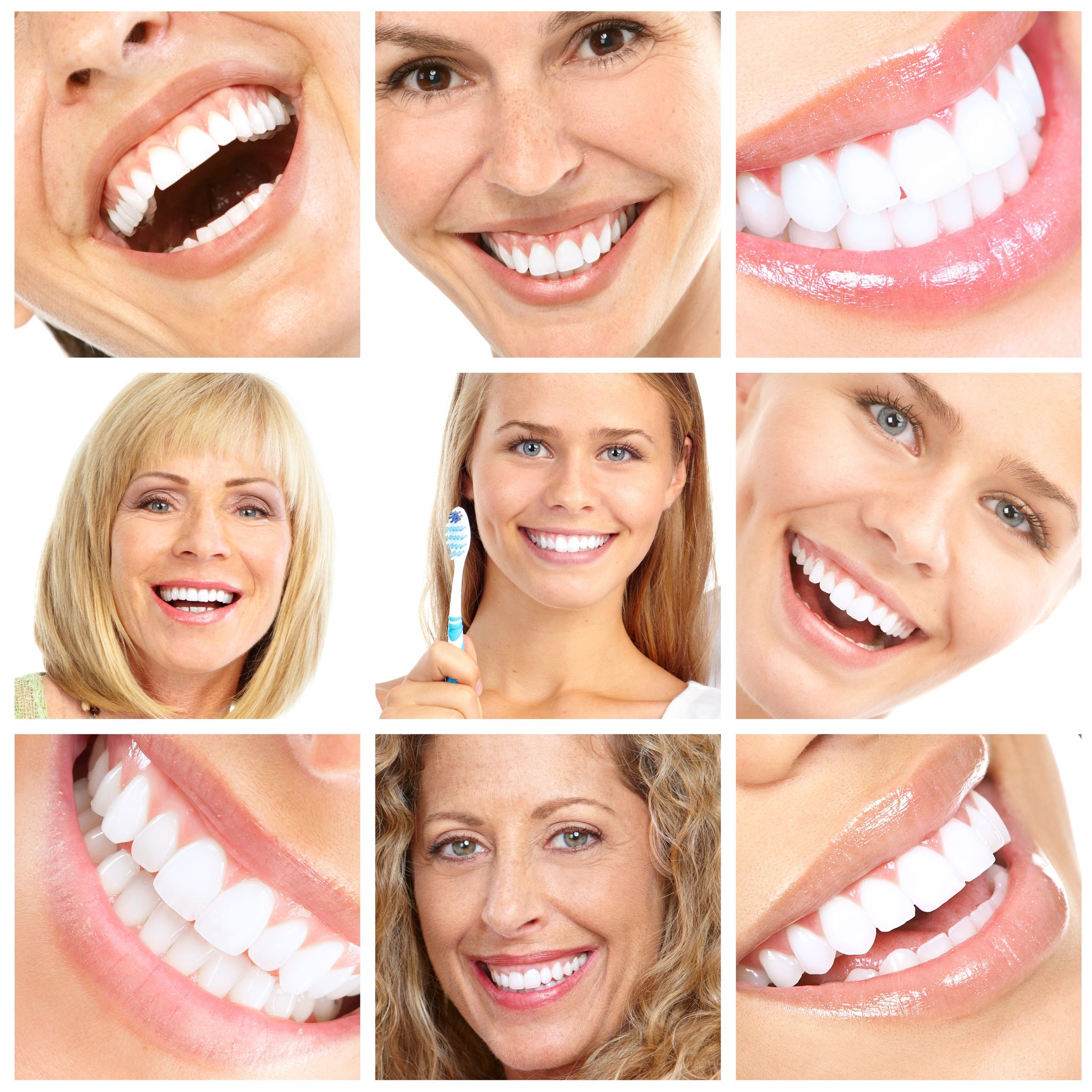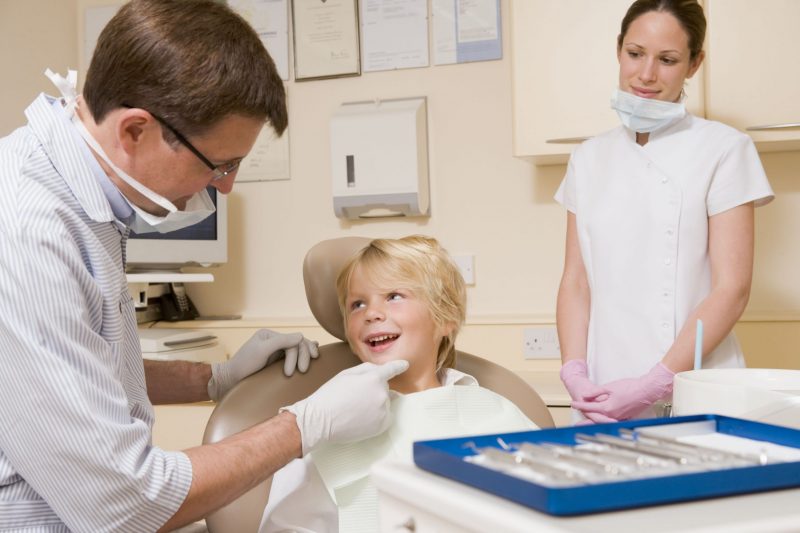About 10-15 percent of the population develops an aggressive form of periodontal disease, which will ultimately lead to the loosening and loss of teeth when extensive treatments are no longer performed or available. Dentists can locate advanced periodontal disease because it has embedded substantial destruction of the tooth in the jaw bone. The treatment will often be a great challenge for patients who need time and motivation to maintain great oral health. Mouth Pain should not be addressed when problems get out of control but rather when it is first noticed.
Teeth lost due to periodontitis is difficult and expensive to replace, and therefore, and unfortunately, partial prosthesis is the only option for most people. The reason for advanced periodontitis is due to plaque and tartar on the gum. Other aggravating factors may be a certain congenital/inherited susceptibility to periodontal disease. Smoking also amplifies the condition considerably. Poor oral hygiene or lack of oral maintenance is, of course, grounds for advanced periodontitis.
Periodontal surgery
Treatment is often done in three phases, extended periodontal treatment is the first phase. The next phase is an assessment of the need for periodontal surgery on the respective affected teeth. If there are some “hopeless” teeth, it can be beneficial to pull them out and instead concentrate treatment on the remaining teeth. Patients will possibly be given a prescription for antibiotics too. The final phase consists of monitoring and maintaining the results.
Here, in particular, a keen eye for proper oral hygiene takes place is needed. These cleaning methods are performed when there are still deep and festering pockets around the teeth. Under full anesthesia, a local dentist will gently push the gums aside and remove the inflamed tissue. Tooth roots are cleaned before the gum is put back in place. Even though the gum is moved during the procedure, there is no method on earth that can guarantee unhealthy pockets disappear after a procedure like this.
How do teeth work?
Children have 20 teeth in place before puberty and these teeth are replaced with 32 permanent teeth. This number includes 8 incisors, 4 canines, 16 molars, and 4 wisdom teeth. Teeth have many functions as they grind food, help people speak properly, and so on. They even have a great influence on their appearance. Visit Alamoanadental.com for more details. You can also follow them on Twitter.


